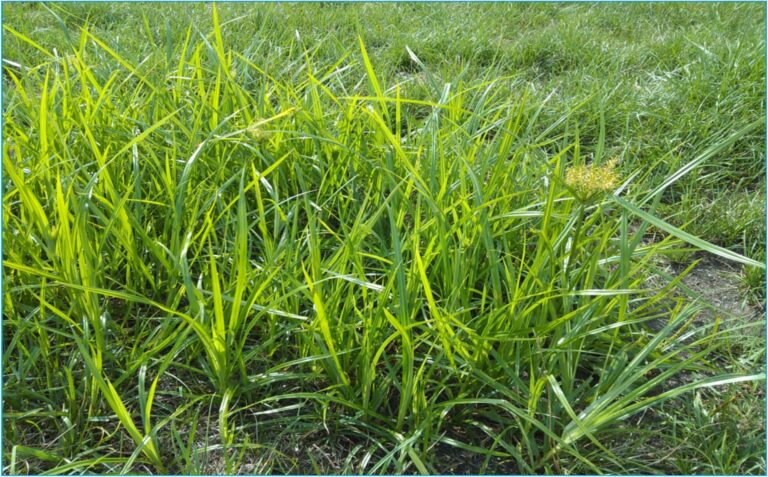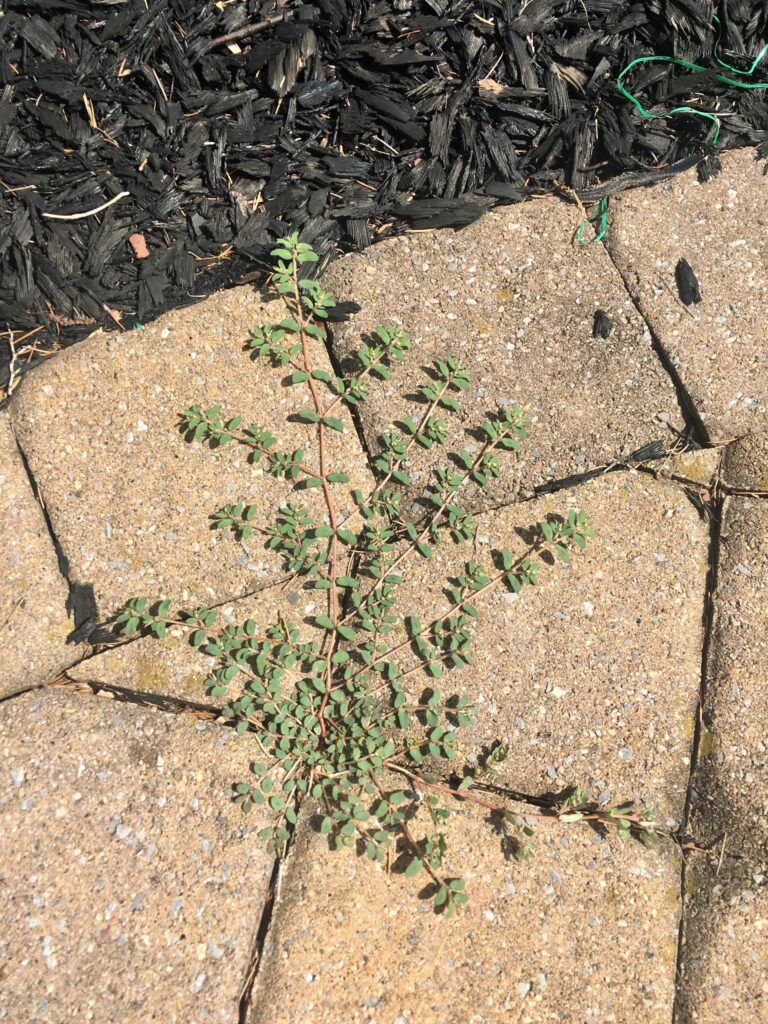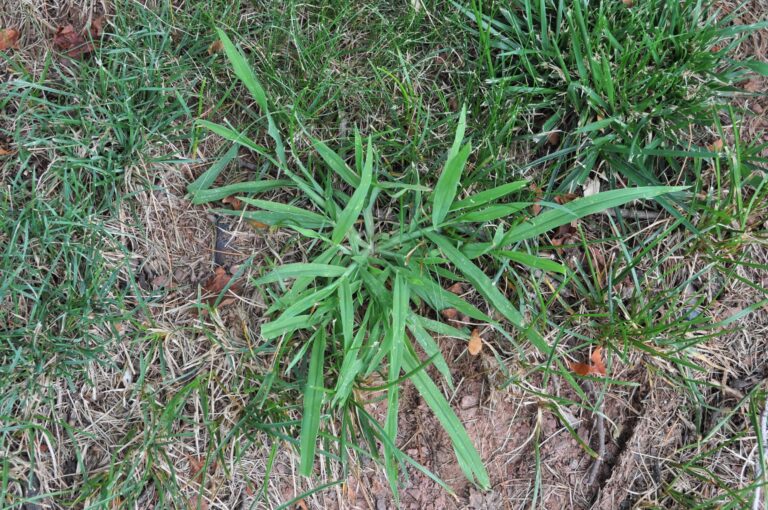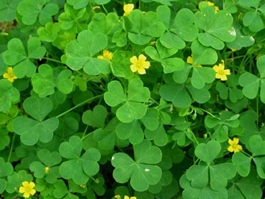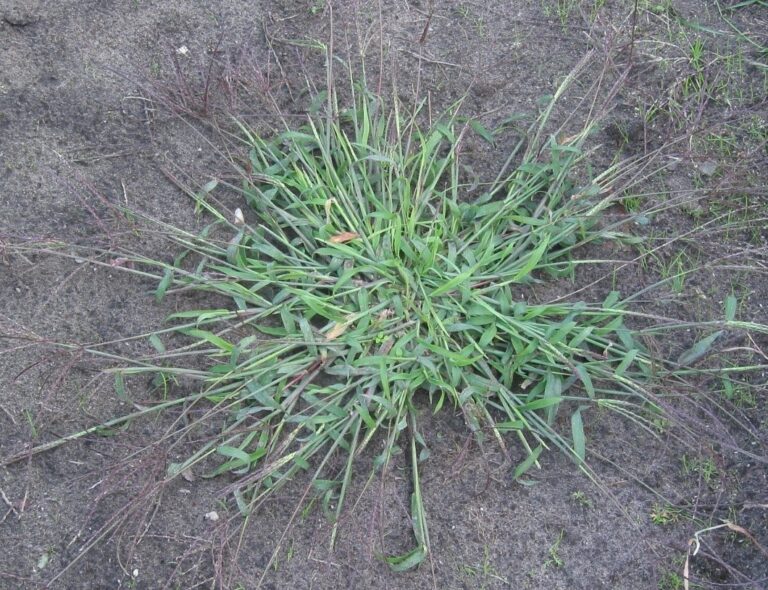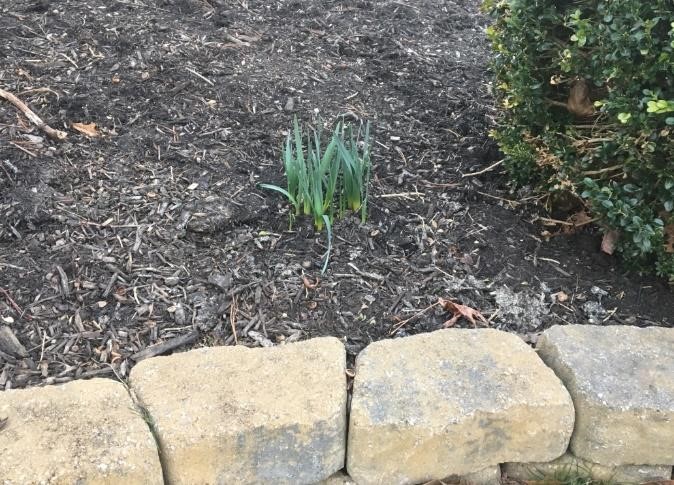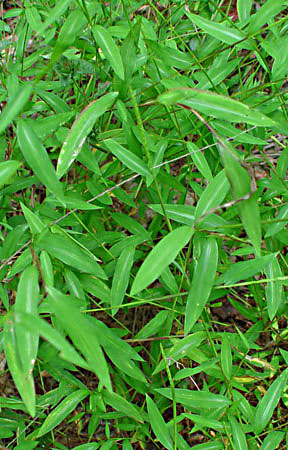
Japanese Stiltgrass
Japanese stiltgrass is an invasive summer annual that is troublesome for many homeowners, especially those whose properties are adjacent to wooded areas. Although this weed may be difficult to control and eradicate from residential lawns, this blog will walk you

